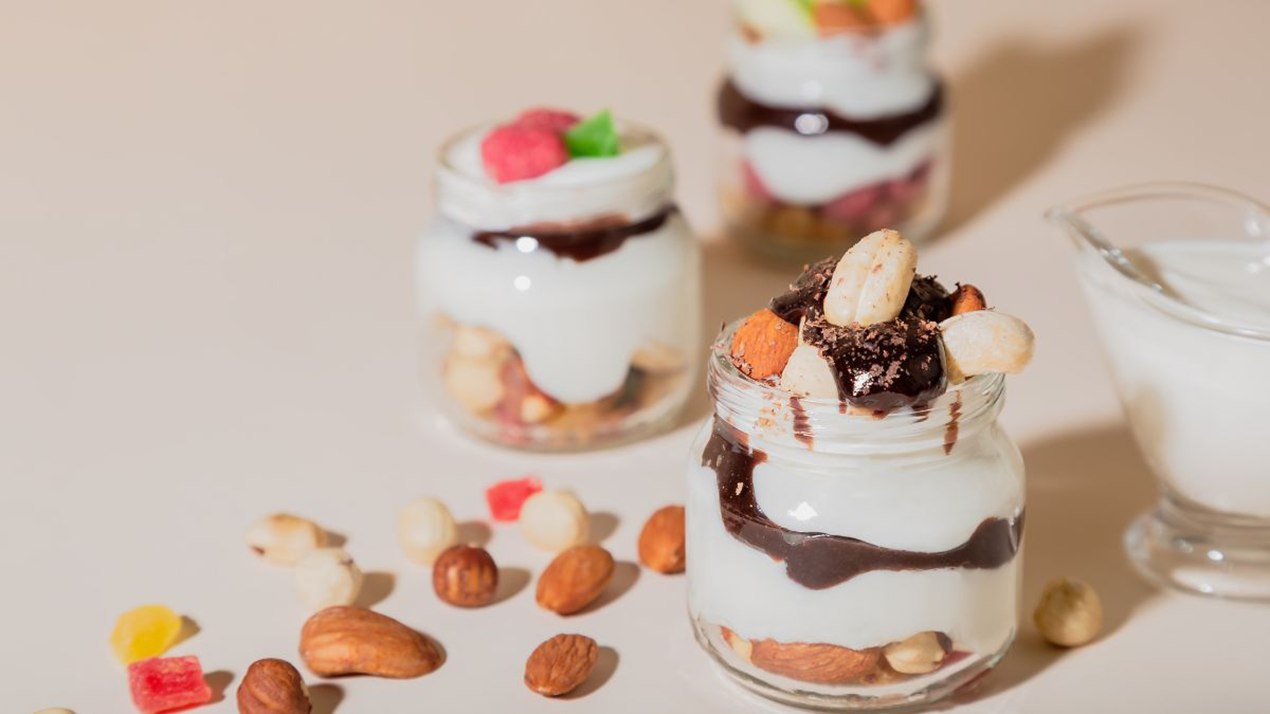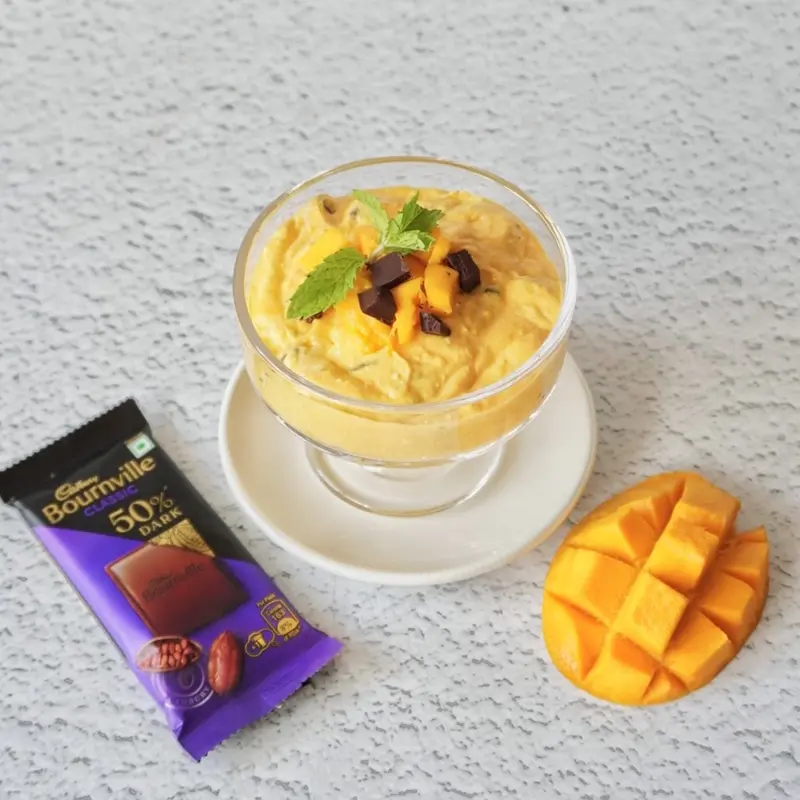Vanilla is indigenous to Latin American and Mexico, and elsewhere it is hand pollinated, under a controlled environment with subsequent processing methods to finally yield the vanilla essence

When you think about how easy it is to look up easy vanilla cake recipe, or vanilla brownies recipe easy, you might not even think twice about its origin, let’s change that. Just like cocoa beans that originated in Mexico several hundred years ago, vanilla also originated in Mexico where it was growing wild in the Mesoamerican region. Vanilla was thought to be naturally occuring in the tropical forests spanning the area , but it is believed some 900 years ago, the Totonac Indians were said to have cultivated the vanilla orchids, indigenous to the area. The Aztecs were the ones who discovered the potential of black vanilla beans as a flavoring agent and as a medicine too, during 1115, when they took over the Totonac Indians. The Aztecs also combined cacao and vanilla and used them in their food and drinks.
The Divine Drinks of the Aztec

Aztec Emperor Montezuma himself is said to have extolled the virtues of xocolatl, proclaiming it a “Divine drink, which builds up resistance and fights fatigue. He had proclaimed that a cup of the precious drink permitted a man to walk for a whole day without food”. It is believed that around 1519, Hernando Cortes, the Spanish conqueror, was purportedly served this very beverage by Montezuma, likely the famed xocolatl itself. The flavors left an indelible mark on Cortes, prompting him to bring the cocoa and vanilla concoction back to Europe as a treasured offering from the New World.
I Saw, I Took it, It Doesn’t Yield
The Europeans entourage that comprised of Cortes and his mates brought back vanilla and cacao with them to Europe during the Spanish conquest of the Aztecs in 1519. The Europeans, the Portuguese, French and the Spaniards, in France and England kept trying in vain to make the vanilla plants they took back, blossom. But that didn’t happen until in 1836, Charles Morren, a horticulturist found out the reason why – the vanilla plant was homesick. A particular bee that was indigenous to the trips, the Euglossine bees (earlier thought to be Melipona bees) were necessary to pollinate the vanilla plants. Their longer snout makes them the only pollinators who can reach into the orchid to succesfully polinate the plant.
But lose hope, they did not and around five years later, on the volcanic island of Réunion, smack in the middle of the Indian Ocean, a 12-year-old slave called Edmond Albius developed the method of pollinating the vanilla by hand, in 1841, that is in use even today. This painstaking method spread to neighboring region of Madagascar, Indonesia, Tahiti, Tonga and reached Mexico to help in producing more vanilla with and without the bees.
The discovery of the ideal growing conditions for vanilla vines led to the Bourbon Islands, controlled by the French and situated near the tip of Madagascar, emerging as the premier region for cultivation. This historical connection is why more than 70 percent of the world's vanilla still originates from Madagascar and bears the name "Bourbon" – a nod to the dynasty that came to an end with the French Revolution.
The Meticulous Processing

Vanilla's versatility has led to its widespread use across various industries and today it is a prized ingredient in cakes, ice cream, perfumes, and medicines, valued for its intoxicating flavor and aroma. Despite growing demand and a robust production trend, the tremendous amount of time and energy required for cultivation and processing affects farmers' ability to supply the market, even today.
The cultivation of vanilla is a meticulous endeavor that demands specialized knowledge and experience. Hand pollination is a learned skill that many farmers have honed over generations, developing an innate sense of when the orchids will bloom. Also, the beloved vanilla aromas and flavors we cherish only emerge after the crop undergoes a complex curing and drying process.
After harvesting, the vanilla beans are sorted, graded, and blanched in hot water to halt fermentation. They are then placed in large containers to sweat for 36 to 48 hours, during which time the beans transition from green to brown, and the distinctive aroma begins to develop.
The Final Product

After the initial sweating period, the vanilla beans undergo an intricate process involving alternating periods of sun drying during the day and sweating at night, lasting between five and 15 days. This is followed by a slow drying period, typically indoors in a well-ventilated room where the beans are placed on racks for up to 30 days, depending on the desired grade. The entire journey, from growing and pollinating to drying, curing, and preparing for export, spans approximately one year.
The labor-intensive nature of vanilla production is further underscored by the fact that 5-7 pounds of green vanilla beans are required to yield 1 pound of processed vanilla. This staggering ratio, combined with the meticulous processing methods, is a significant factor contributing to vanilla's status as one of the most expensive spices in the world, second only to saffron which is another spice that also has a meticulous processing process.
Like This Article?
More Like This



Popular Articles




Trending Web Stories
Curated Recipes




















